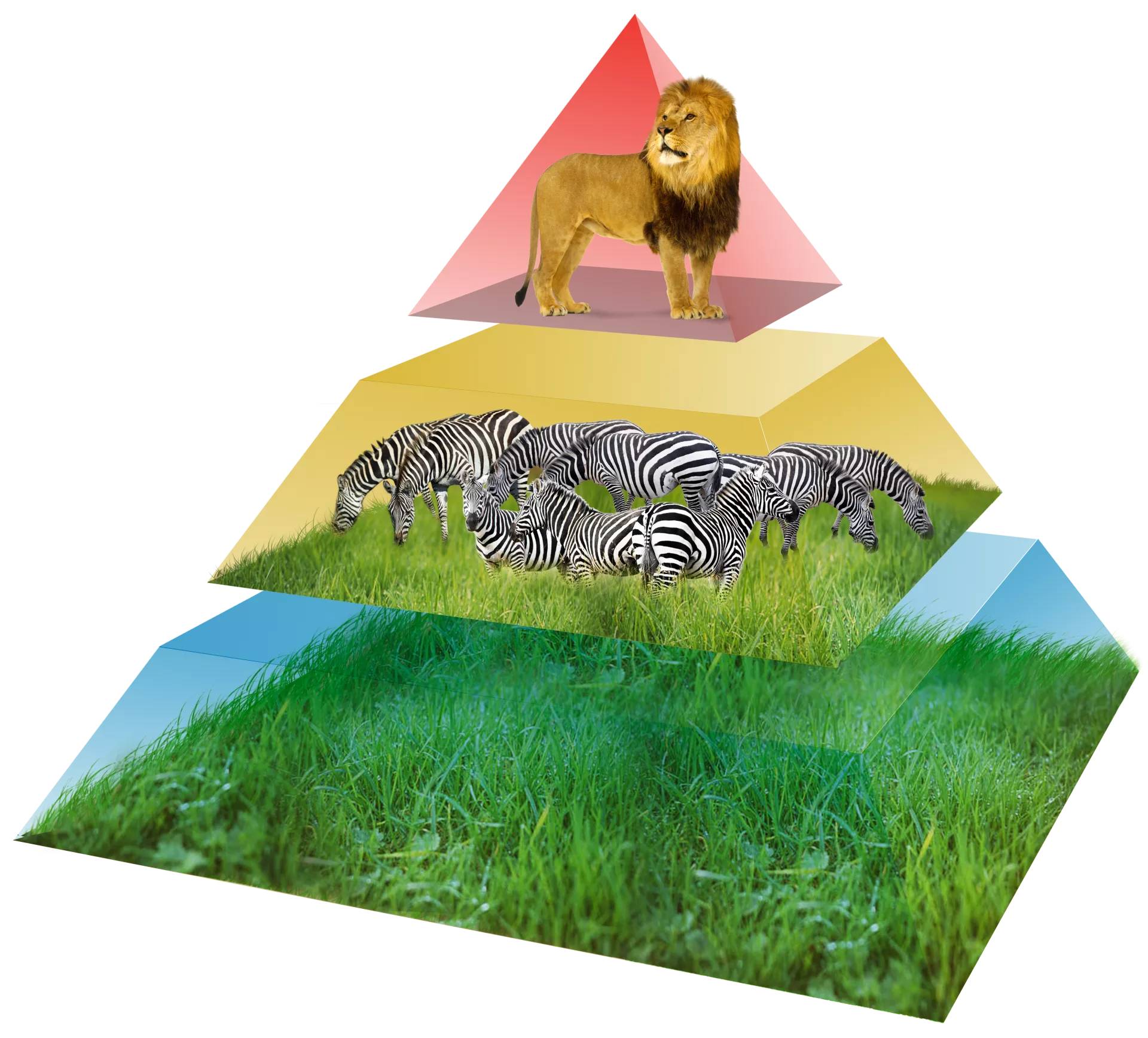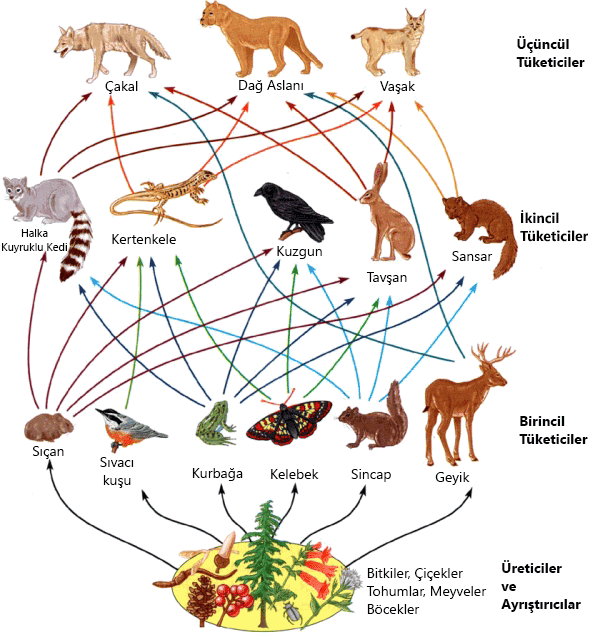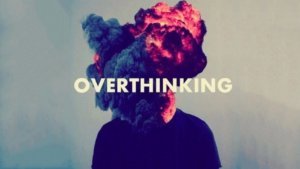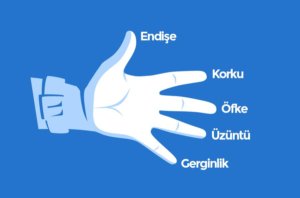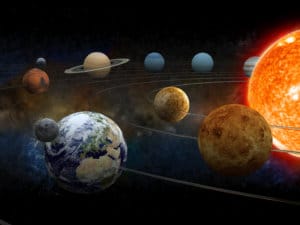Different species of living things interact in many different ways. They can compete with each other as well as lead a life together. These processes form the links in the food chain. In ecological cycles, the food chain can be thought of as a system in which one eats the other. It’s like a rabbit eating a carrot and a fox eating a rabbit.
In short, it is a way of showing what living things eat. They may indicate that a prey has several predators and that the predators eat a variety of foods.
Autotrophs and Heterotrophs
Some organisms, called autotrophs, also known as “self-feeders,” can make their own food, or organic compounds, from simple molecules such as carbon dioxide.
There are two main types of autotrophs: Photo autotrophs, such as plants, use energy from sunlight to make organic compounds (sugars) from carbon dioxide in photosynthesis.
Other examples of photoautotrophs include algae and cyanobacteria.
Chemoautotrophs use energy from chemicals to form organic compounds from carbon dioxide or similar molecules. This is called chemosynthesis. For example, there are chemoautotrophic bacteria that oxidize hydrogen sulfide found in submarine communities where light cannot reach.
Autotrophs are the basis of the entire ecosystem on the planet. Autotrophs form the basis of food chains and food webs with the energy they capture from light or chemicals. They feed on all other organisms in the community.
Also known as other feeders, heterotrophs cannot capture light or chemical energy to extract their own food from carbon dioxide. For example, humans are heterotrophs. Instead, heterotrophs take up organic molecules by eating other organisms or their byproducts.
Animals, fungi, and many bacteria are heterotrophs. When we talk about the role of heterotrophs in food chains, we can call them consumers.
Food chain
A food chain is a linear series of organisms through which nutrients and energy pass as a whole. Organisms eat one another. A typical food chain consists of consumers, starting at the bottom and moving upwards.
Primary producers are at the base of the food chain. Primary producers are autotrophs. They are mostly photosynthetic organisms such as plants, algae or cyanobacteria. Organisms that eat primary producers are called primary consumers. The primary consumers are usually herbivores, plant eaters, but can be algae eaters or bacteria eaters.
Organisms that eat secondary consumers are called tertiary consumers. These are carnivorous carnivores such as eagles or big fish. Some food chains have additional levels, such as quaternary consumers (carnivores that eat tertiary consumers). Organisms that eat primary consumers are called secondary consumers. Secondary consumers are usually meat eaters, i.e. carnivores.
Organisms at the top of the food chain are called apex consumers.
Green algae are primary producers, primary consumers, eaten by mollusks.
Each of the above categories is called the trophic level and reflects how many energy and nutrient transfers—how many consumption stages—separate an organism from the original energy source of the food chain, such as light. Assigning organisms to trophic levels is not always clear. For example, humans are omnivores that can eat both plants and animals.
As an example of the food chain;
Aquatic plants – fish – heron
Aquatic plant waste – bacteria – shrimp – fish
Phytoplankton – zooplankton – small sea creatures – Big fish – predators
Grass- deer- tiger
grass-rabbit-fox-wolf
grass – sheep – human
Food Webs
The food chain can run parallel to each other as well as cross each other transversely. This means that a living thing can be the food of many living things in different nutritional stages. This is the true nutrition in nature. The network of relationships that shows the way that many linear food chains come together and the living things in the same and different nutritional stages belonging to these food chains are fed with each other is called “food web”. Organisms obtain their nutrients in many different forms and levels, resulting in complex tissue composed of series of energy transfers. The real diet in nature is in the form of food webs.
Decomposers
Although they do not always appear in the drawings of food chains, they deserve to be referred to as another group of consumers. Decomposers consist of organisms that break down dead organic matter and waste.
Decomposers are sometimes considered their own trophic levels. As a group, they eat dead matter and waste products from various other trophic-level organisms; For example, they happily consume decaying plant matter, the body of a half-eaten squirrel, or the remains of a dead eagle.
In a sense, the parser level runs parallel to the standard hierarchy.
Producers
Organisms that perform photosynthesis and chemosynthesis are called producers in ecosystems. Photosynthetic organisms produce organic matter by using solar energy, and chemosynthetic organisms using the energy obtained by oxidizing inorganic materials.
Primary, Secondary and Tertiary Consumers
Fungi and bacteria are key decomposers in many ecosystems; They use the chemical energy in dead matter and waste to fuel their metabolic processes. Other decomposers are detritivores; detritus eaters or debris eaters. These are usually multicellular animals such as earthworms, crabs, slugs or vultures. Not only do they feed on dead organic matter, they also break it down, making it more suitable for bacterial or fungal decomposers.
Decomposers play a critical role in keeping ecosystems healthy as a group. When they break down dead materials and waste, they release nutrients that can be recycled and used as building blocks by primary producers. food webs Food chains give us a clear picture of who is eating whom. However, some problems arise when we try to use them to describe entire ecological communities. For example, an organism may sometimes eat more than one type of prey or be eaten by more than one predator, including those at different trophic levels.


